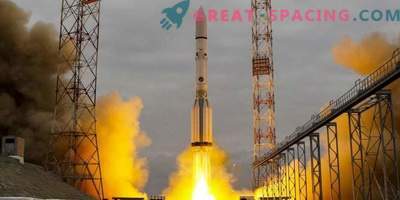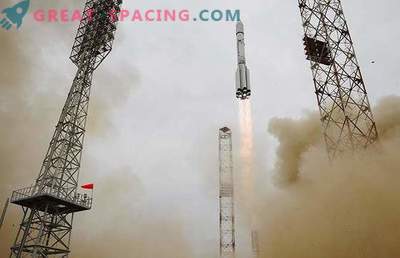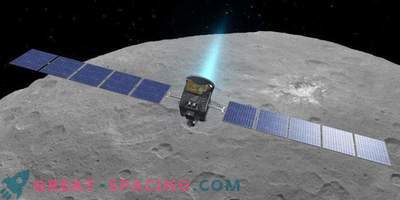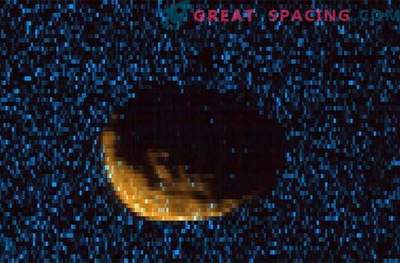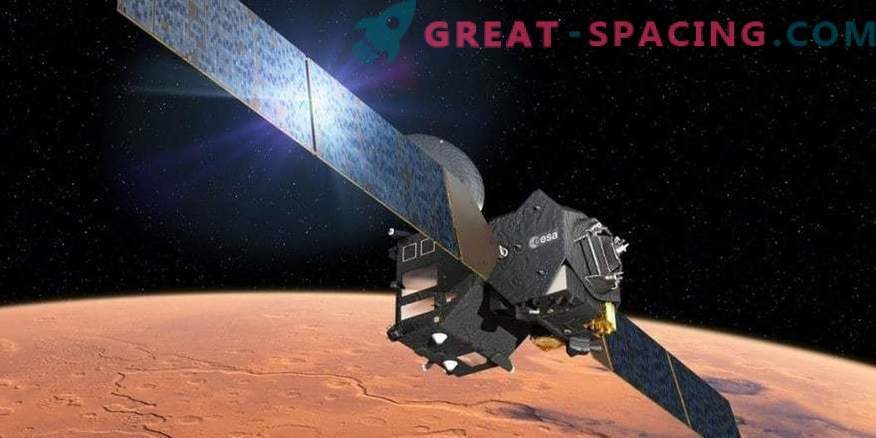
Trace Gas Orbiter (TGO) plans to move to the upper atmosphere of Mars, using their resistance to slow down and adjust the orbit.
After 13 months of delicate maneuvers, the spacecraft will carefully pass over the atmosphere of Mars to clarify the orbit. Once this is completed in 2018, TGO will be ready to begin research and communicate with robots on the surface.
The mission of TGO is to better understand the amount of inert gases in the atmosphere of Mars. It is already known that carbon dioxide is the main component (95% of the atmosphere), but there are still equally important gases, which together make up less than 1% of the atmosphere. These gases include methane, water vapor, nitrogen dioxide, and acetylene.
“The interest lies in methane, which on Earth is produced mainly by biological activity and, to a lesser extent, by geological processes, including hydrothermal reactions,” writes the European Space Agency. “The spacecraft will also search for water or ice just below the surface and provide color and contextual stereo images of surface features, including those that may be associated with possible sources of tracer gas.”
What is atmospheric braking?

The impression of the MRO atmospheric deceleration artist on the Red Planet.
Since space research is quite expensive to provide, the method of atmospheric braking controls the orbit of a spacecraft without using large amounts of fuel. As soon as it gets close enough to the atmosphere, it can slow itself down as it passes, as it passes through thin atmospheric gases that create resistance. Solar panels are used to control the ship and hold it during maneuver. “Why use fuel if you can adjust the orbit with the help of atmospheric braking and a brake like a steering wheel,” writes NASA. - Technique has a lot in common with sailing. Success depends on accurate navigation, knowledge of the weather, and a solid understanding of what resistance a device can endure. ”
Were there similar missions in the past?
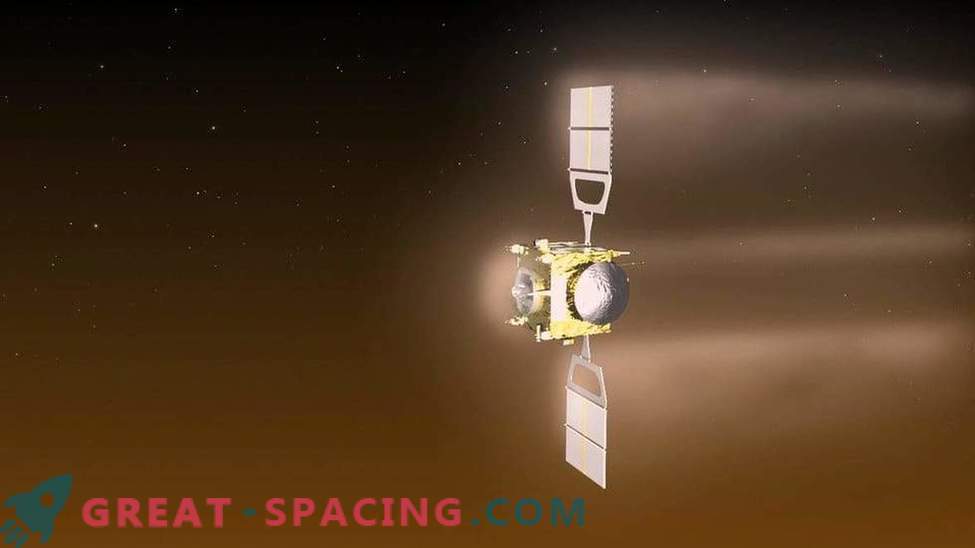
The artistic impression of Venus Express, performing atmospheric drag on its 2014 mission.
Already there were missions that used this method mainly on Mars. However, for the first time the technique was applied on Earth. The Japanese Chitan or MUSES-A intentionally moved through part of the earth's atmosphere and slowed down in half in 1991. This mission studied Moon from a high elliptical orbit Earth.
There was also a NASA Magellan spacecraft (maneuvering on Venus in 1993), Mars Global Surveyor in 1997 (using solar panels to control its way through the upper atmosphere), as well as Mars Odyssey and Mars Reconnaissance Orbiter. Venus-Express also tested the method in 2014 to help the future development of the European Space Agency’s mission.
What is the ExoMars maneuver?

Artistic interpretation of ExoMars orbit change. When he arrived on Mars, his orbit was almost parallel to the equator of the planet. After the maneuvers in January and February, it is more inclined (74 degrees).
While TGO made four brakings in 2017. On January 19, 23 and 27, the main engine raised its orbit from the near-equatorial trajectory, moving almost from north to south. For this, another maneuver was done on February 5 to clarify the orbit. All this is just preparation for the next stage: several months of braking will lead the ship to an almost circular orbit, where it will observe the planet from a height of about 250 miles (400 km). It will gently slide over the upper part of the atmosphere from March 2017 until April 2018, slowly changing position.
What's next?
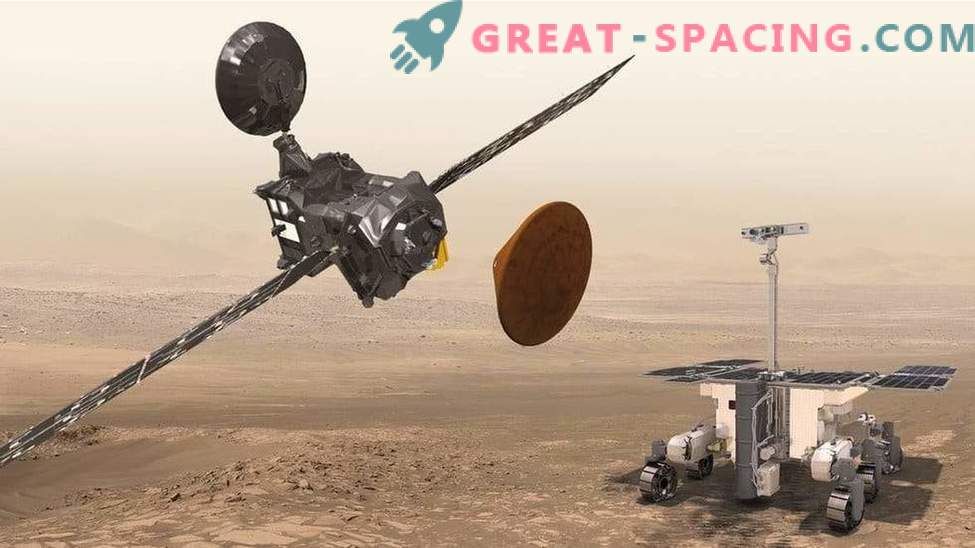
While controllers are engaged in maneuvers of atmospheric braking, scientists also do not sit idle. Instruments will alternately turn on to perform calibration measurements in a new orbit. “This will add test data collected during the two allocated orbits at the end of last year and is important for the preparation of the main scientific mission,” the ESA reported.
The last test was conducted on the Atmospheric Chemistry Suite tool, which was looking for carbon dioxide in the atmosphere (the main component of the Martian “air”), as well as Nadir and Occulatation for Mars Discovery to search for water in the atmosphere. The pictures were taken by the CaSSIS (Color and Stereo Surface Imaging System), and the neutron flux captured by the Fine Resolution Epithermal Neutron Detector (High resolution epithermal neutron detector).


